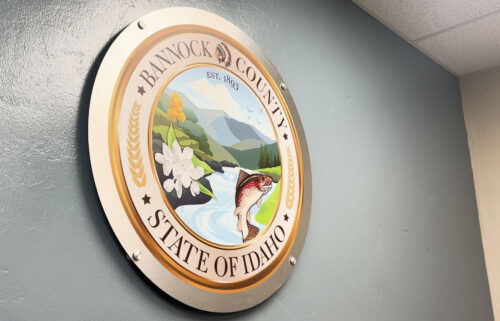401(k) balances rise, despite economic and market challenges
By Jeanne Sahadi, CNN Business
Despite higher prices, endless talk of a possible recession and falling markets, 401(k) participants managed to keep their savings rates relatively steady in the fourth quarter of last year, helping to stabilize their nest eggs and increase their overall average balances.
That’s according to new data from Fidelity Investments, one of the largest providers of workplace retirement plans, which combined represent $2.8 trillion in assets on its platform.
“Fortunately, the data show that retirement savers understand the importance of saving for the long-term, despite market shift. We are encouraged to see people look past the current volatility and continue to make smart choices for their future,” said Kevin Barry, president of Workplace Investing at Fidelity.
By that Barry means the average 401(k) savings rate (including both employee contributions and employer matches) held roughly steady at 13.7%, down from the 13.8% in the third quarter and 13.9% in the second quarter.
Among generations in the workforce, Baby Boomers had the highest savings rate as a percent of their income (16.5%). The youngest cohort — Gen Z workers — saved 10.2%.
A third of participants actually increased their contribution rate over the last year, according to Fidelity. But the average rate among this group is still very low — at just 2.6%.
The average 401(k) balance in Fidelity-administered plans, meanwhile, rose 7% from the third quarter, to $103,900. That said, thanks to poor performances in both stocks and bonds last year, the average is still 23% below the $135,600 recorded at the end of 2021.
In terms of 401(k) loans, the percent of active plan participants with outstanding ones remained at 16.7%. That’s down from 17% a year earlier and 21% from five years ago, Fidelity said.
The average outstanding loan amount was $10,200. Among different age groups, Gen Xers had the highest average, followed by Baby Boomers. And even though they are just getting started in their careers and haven’t had a lot of time to amass savings, 3.2% of Gen Z workers also had outstanding 401(k) loans, but their average amount ($3,000) was the lowest among all age groups.
Hardship withdrawals from 401(k)s — money taken when a participant is under financial stress of some kind (e.g., to prevent eviction, pay for funeral expenses or to cover a near-term tuition bill) — stood at 2.4% for the year, up from 1.9% in 2021. The average amount taken out was $2,200. Unlike a 401(k) loan, a hardship withdrawal does not need to be paid back, and will be taxed. Plus, in some instances it may be subject to a 10% penalty if you’re under 59-1/2.
The new retirement law, Secure 2.0, includes a provision that will make it easier and less costly for 401(k) participants to take money out of their account for emergency needs up to $1,000 in a year.
Apart from its workplace retirement plans, Fidelity reported a 10.2% annual increase in the number of IRAs on its platform, noting that 61% of the IRA contributions made in the fourth quarter of last year went into Roth IRAs.
The-CNN-Wire
™ & © 2023 Cable News Network, Inc., a Warner Bros. Discovery Company. All rights reserved.






